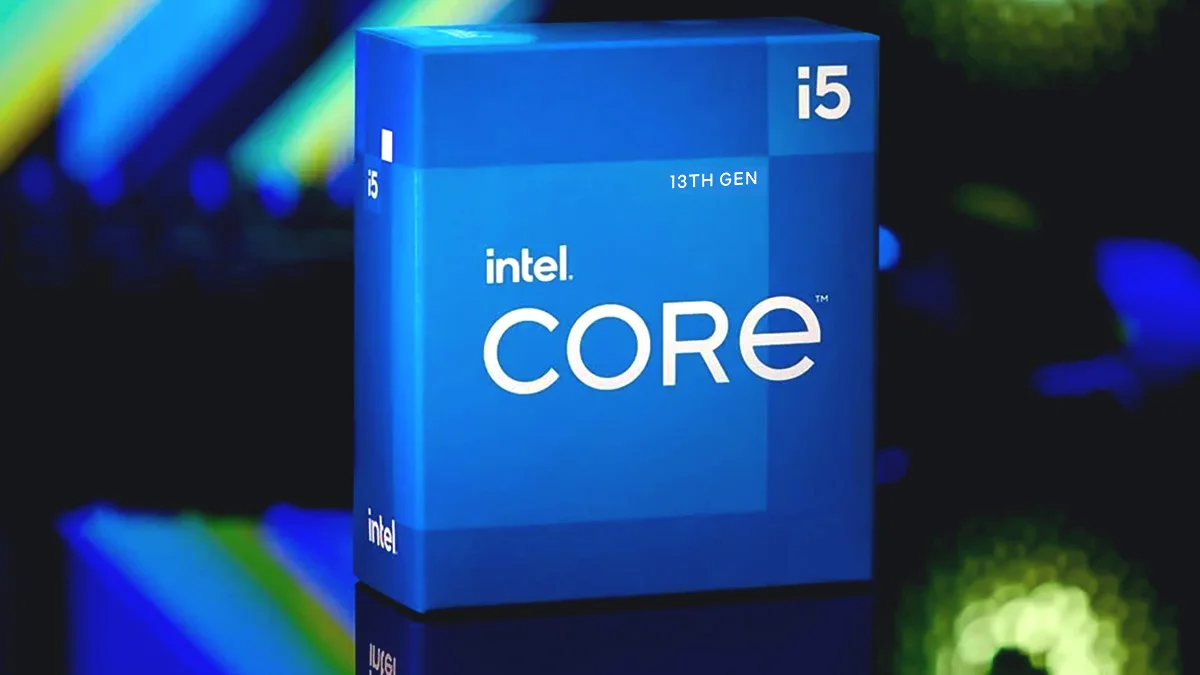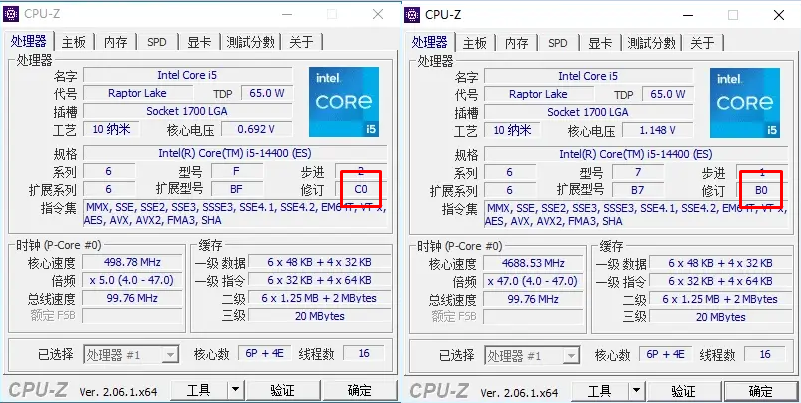The ’14th Gen’ Intel i5-14400 May be Based on Alder Lake ‘C0’ or Raptor Lake ‘B0’

CPU-Z screenshots allege that Intel’s i5-14400 might be based on Alder Lake or Raptor Lake, depending on your luck. The i5-14400 is a part of Intel’s Raptor Lake Refresh (14th Gen) portfolio, set to be announced at CES 2024.
The i5-14400 Might Feature Two Different Variations
Today’s leak sources from bilibili tipster, ECSM who shared two different CPU-Z images of the i5-14400. The only visible difference between the two is the stepping. While that might not appeal to many, it shows that Intel is still keen on using Alder Lake silicon, two generations later. Here’s why:
Last year, Appuals released a full-fledged article detailing and benchmarking Intel’s i5-13400, weeks before launch. More on that here. We noticed something peculiar regarding the 13400 in the sense that our C0 model was based on Alder Lake (a binned down i5-12600K).
This was further verified when users spotted different i5-13400 variations. The B0 stepping would feature the new ‘Raptor Cove‘ P-Cores whereas the majority would be stuck with C0 revisions, which coincidentally used ‘Golden Cove’ P-Cores.
Now it is not confirmed that the same will carry over to Raptor Lake Refresh as well. Though since all 3 architectures (ADL, RPL, RPL-R) are kind of similar, that might just be the case. The only confirmation will be when these CPUs hit the shelves.

Will There be Any Performance Penalties?
The short answer is, probably not. When Raptor Lake launched, Intel likely had a lot of left-over Alder Lake dies. It made sense to re-use the same dies because the IPC difference between Raptor Cove and Golden Cove is just 1.4%. Besides, as Alder Lake is now probably low in inventory, Intel might predominantly switch to Raptor Cove for the 14400.
The difference between the 13400 (Raptor Cove) and the 13400 (Golden Cove) is probably not that major. Both Alder Lake and Raptor Lake utilize the same underlying architecture whereas Raptor Cove is hardly faster than its predecessor. The ‘huge’ generational leap you see on the Raptor Lake K-SKUs is primarily due to the increased clocks and 2x more cache per each e-core cluster.
i5-13400 (C0) vs i5-13400 (B0)
Again, the only way to know which dies are being used the most will be at launch. Intel adopts this strategy to improve yields and clear away remaining stock. The budget Non-K 65W Raptor Lake Refresh lineup is planned for CES 2024. Stay tuned at Appuals for more articles like this.
Source: ECSM (bilibili)





